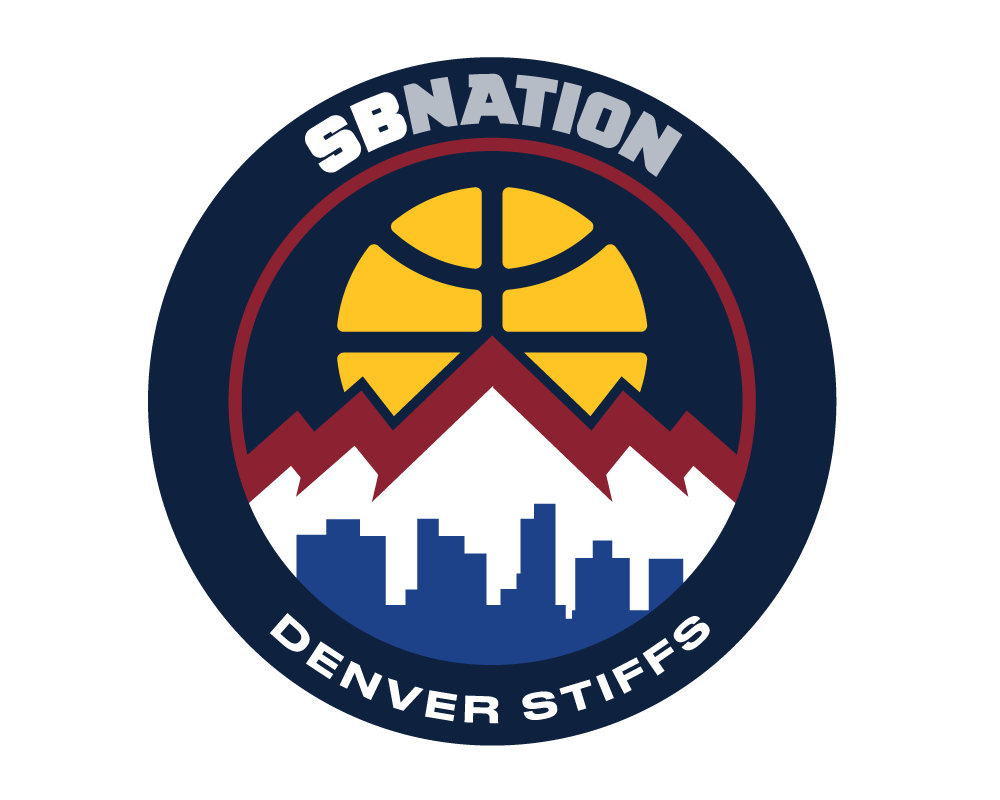What could George Karl have done Friday night versus the Magic to improve our chances of winning by 19%? Read on...
I'm an avid poker player and I feel like the lessons and decisions that one learns in poker are very applicable to real life situations. The skill set that's required to succeed in poker applies to business, sports, and trading. For those of you who haven't read it, Jeff Ma (MIT Blackjack guy who the movie 21 was based on) has a great book called The House Advantage that outlines these gambling concepts and applies them to real-life business situations.
One of the lessons any successful player learns is EV, or Expected Value. Most successful poker players start thinking about almost all real life situations in terms of +EV or -EV. Here's a quick and dirty example: I have a coin and I'll pay you $2.00 for heads and you give me $1.00 everytime it lands on tails. Your EV is: 50% * 2.00 - 50% * 1.00 or $1.00 - $.50 = $.50. Each time we flip a coin you're expected to make $.50. If I offered to play this game with you forever, you'd be foolish to decline. If each time it landed on Heads I paid you $1.00, and each time it landed on tails you paid me $1.00, your expectation would be 0 - or the game would be neutral EV.
Great coaches either have studied EV or have a good intuitive understanding of it. The NBA is full of decisions where certain decisions are more +EV than other decisions. With that framework in place, let's look at tonight's end game situation involving the Nuggets and the Magic.
Situation 1: 82-80 Magic, Nuggets ball on the side with 23.9 seconds left on the clock. George Karl calls a PnR with Lawson and Nene, Lawson drives left and Nene sets a screen on Jameer Nelson then rolls to the hoop. Lawson throws the ball away trying to get it to Nene.
Situation 2: 82-80 Magic, Nuggets ball on the side 12.3, Gallo isos against Turkoglu on the right wing. He drives to the basket, draws a foul, gets 2 FTs to tie, and makes them.
What would a coach who understands EV have done? He would have gone for the 3 pointer and the win on both those possessions. Let me explain. The Nuggets, as a team (this is oversimplified since these are whole year stats, but the general concept applies) shoot 39% from 3. The Nuggets shoot 50.69% from all other spots on the floor. You're probably thinking, well they shoot higher from 2, so going for the 2 is the higher probability outcome, so Karl made the right decision, but that doesn't factor in the Nuggets chances of winning in overtime. The probabilities are conditional. Additionally, some of the time a player is going to get fouled, and some of the time they're going to get an and 1, some of the time they're going to turn it over, and some of the time they won't be able to in bound the ball - hey, this is George Karl after all, he doesn't have in bounds plays - we'll assume these outcomes balance each other out though. Let's enumerate some possible outcomes:
1. Nuggets go for a game winning 3 - probability of winning is 39%.
2. Chances of Nuggets scoring a 2 in regulation, going to overtime and having a 75% chance of winning (I would argue this is unrealistic on the road) . Probability is 50.69% chance of scoring in regulation * 75 chance of winning in overtime = 38.02% chance of winning the game.
3. Chances of Nuggets scoring a 2 in regulation, going to overtime, and having a 60% chance of winning in overtime. 50.69% * 60% = 30.414%.
4. I'll outline the realistic scenario - Nuggets having a 40% chance in OT. The math says they have a 20.27% chance of winning. By going for the 2, Karl gave up 19% in EV!!!! One stupid coaching decision costs the Nuggets the win about 1/5 of the time.
The Nuggets have to think they can win the overtime period, on the road almost 77% of the time in order to make going for 2 in regulation the right decision. The conclusion here, is this: WHEN DOWN 2, ITS ALMOST ALWAYS CORRECT TO GO FOR THE GAME WINNING 3 THAN TRY TO TIE IT UP AND WIN IN OVERTIME. The only time you wouldn't want to do this is if their star is hurt or in foul trouble or you have a huge quality advantage over the other team where your success rate in overtime is high: think Cleveland vs Miami.
If going for the 2 was the right decision, I have no problems with the plays Karl drew up. Play 1, we are running a PnR with Ty and Nene - a highly successful play for us. Play 2 we iso Gallo on a horrible defender in TurkeyGlue, also has a reasonable probability of success. My problem is that Karl didn't go for the game winning 3. The right play here, IMO is to set a pick for Lawson with 10 seconds remaining, have him drive down the lane and kick to a wide open AAA, Chandler or Gallo for a game winning 3, and the decision isn't close.
So now you understand EV, you understand in bounds plays are important, congrats, you understand a concept that George Karl hasn't grasped in 30 years of coaching. When you're facing Houston, OKC, or SAS and they understand these concepts and they're making the right decision in that spot and giving themselves a chance to win 19% of the time more, you're at a disadvantage.
I wanted to conclude this with a discussion on other +EV opportunities in basketball. Most people know that the corner 3 is the most efficient shot in basketball. Subjectively, it's the closest 3 pointer, it's hard to defend, spaces the floor, and objectively, the math says that your points per possession are highest with the corner 3 - if you're going to shoot a long 2 you might as well step back and shoot a 3 since they both have the same probability of success but a 3 is worth 50% more than a 2. Did you know that the corner 3 is the most +EV shot in basketball and that's why a possession that ends in a wide open corner 3 shot is the best possible outcome in basketball? If you charted how many points per possession teams are scoring from each spot on the court, you'd see that the highest points per possession is the corner 3. Next time you watch San Antonio, watch 2 guys always run to the corner 3 and look at how much of their offense revolves around creating corner 3's. San Antonio pioneered this concept - Pop has understood EV for a long time, it's another reason why they're a first class organization.
Just for fun, here's an example of a team doing it right. NBA Playbook: San Antonio Endgame. There's a few things to notice about this play:
1. Manu Ginobli draws the play up. Notice how even the Spurs' role players know what plays should be run in those situations.
2. Down by 2, they correctly go for the 3 to win the game. Pop and the Spurs just don't make technical mistakes that other teams in the league do. They not only pioneer advanced research, they apply it.
3. The Clippers follow the ball - because most teams, including the Nuggets, run Isos in this kind of situation, so teams tend to defend it like it's an iso.
4. The ball doesn't go to any star player (Duncan, Ginobli, Parker). It goes to Gary Neal. This emphasizes a point that I've been saying forever: you don't need stars if you're schemed well, and people fill roles. It's better to just run your offense and get a good shot rather than ISO a star.



